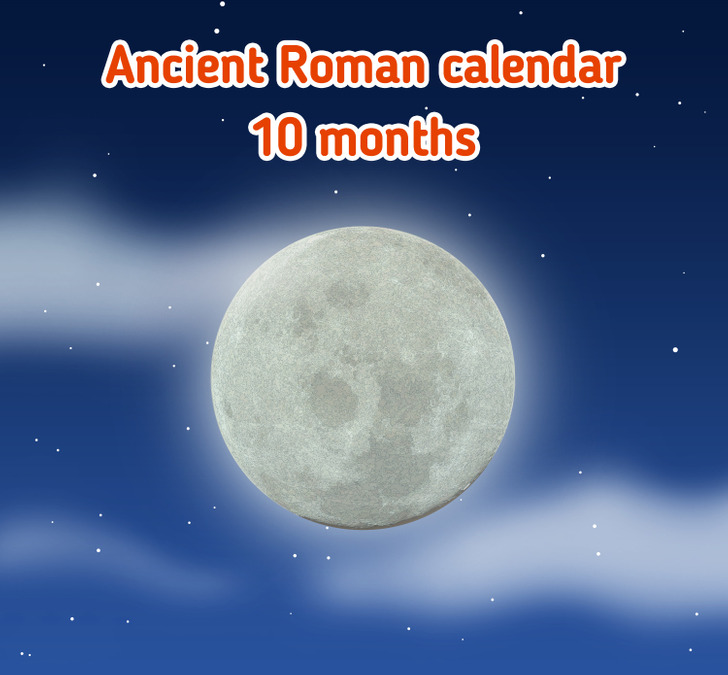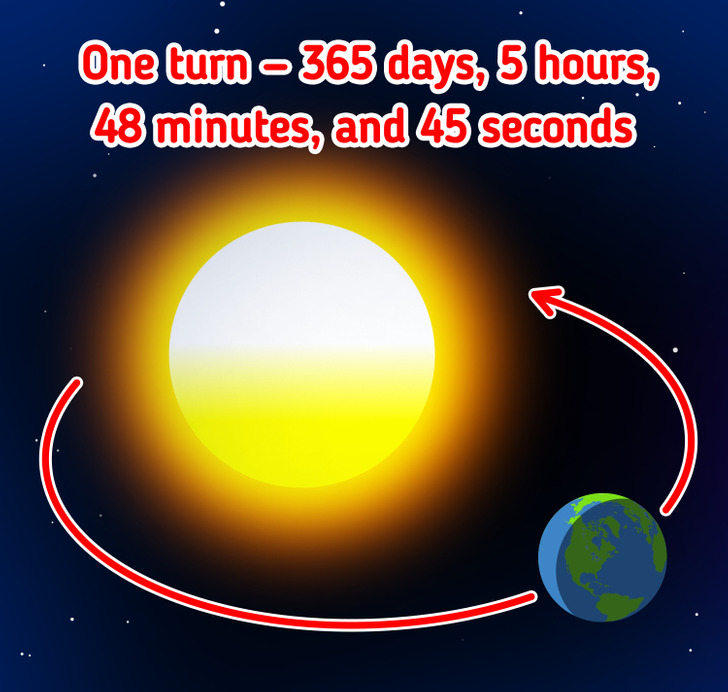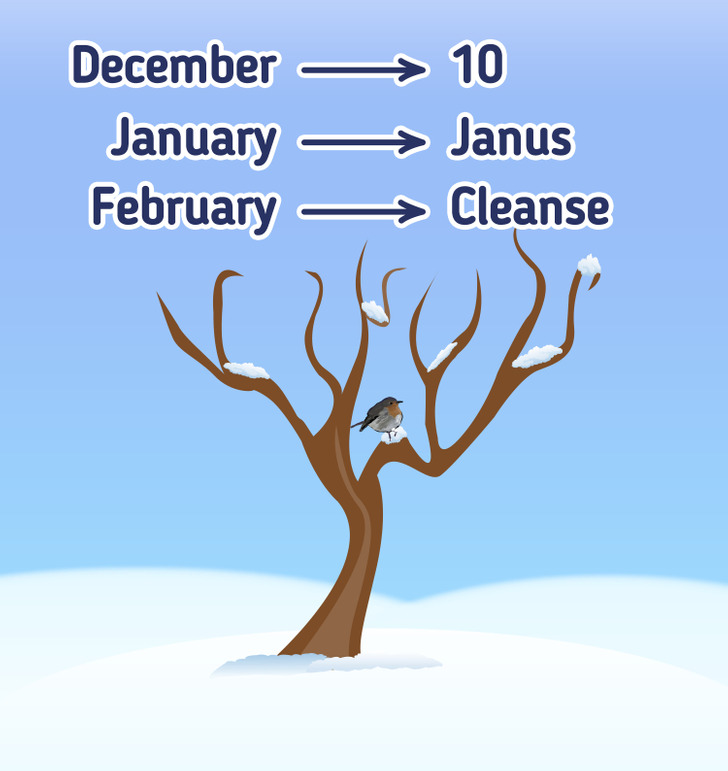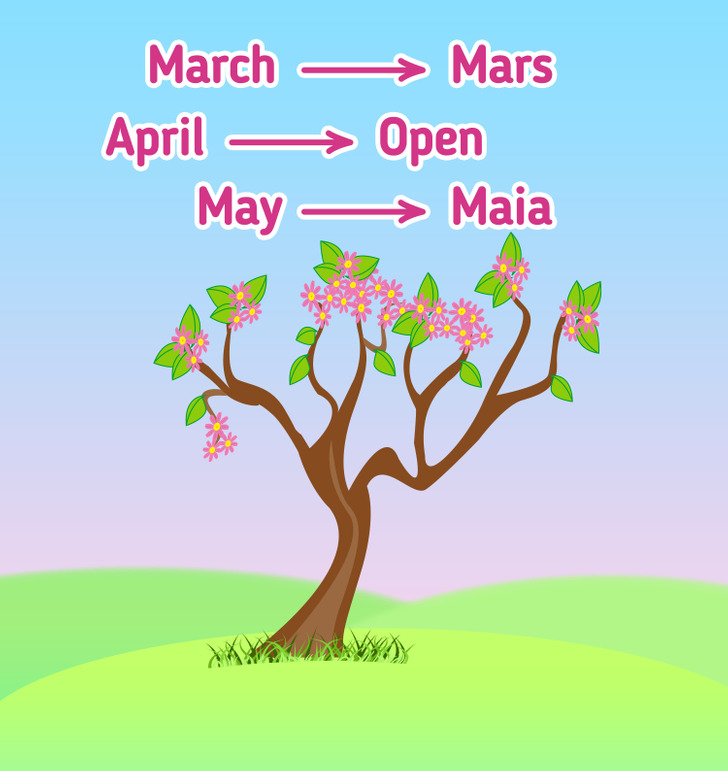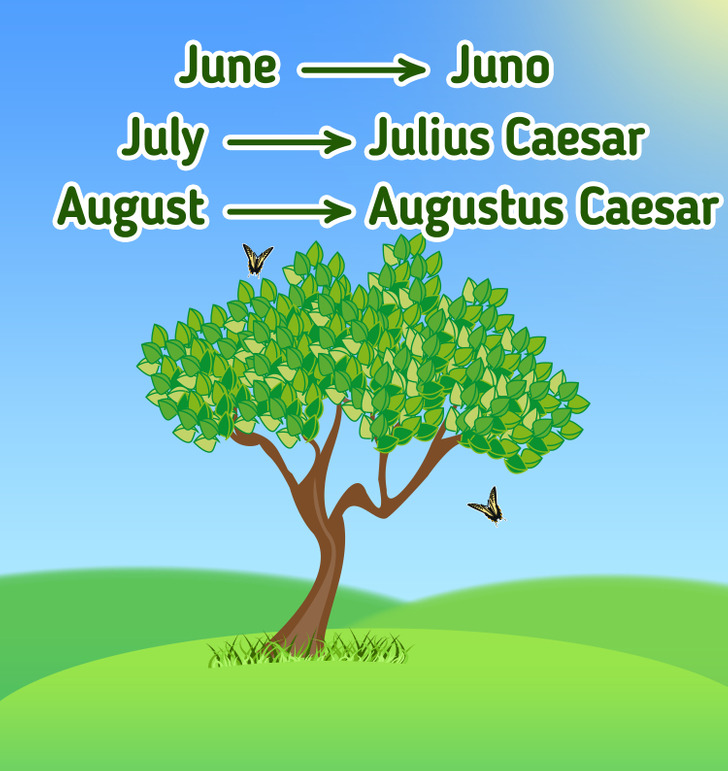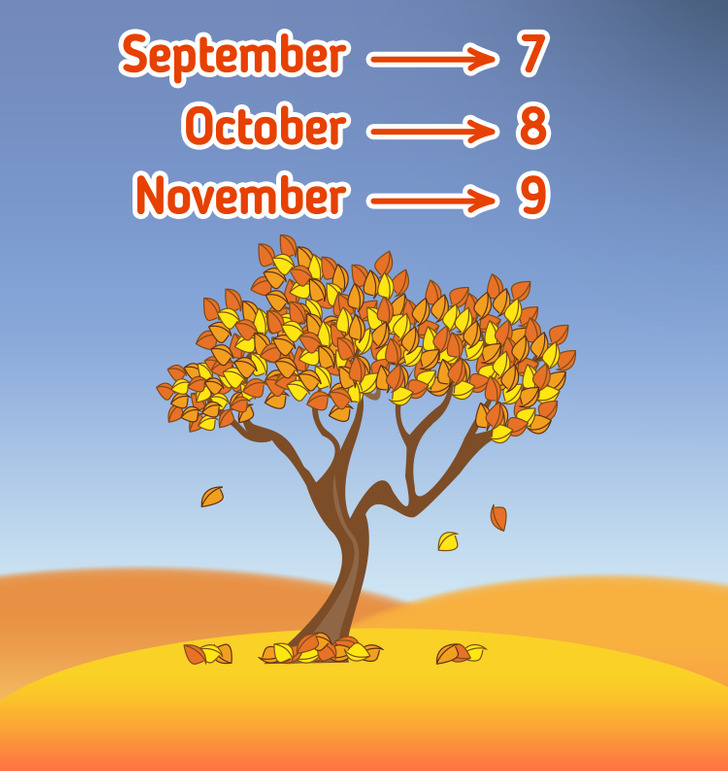How the Names of Months Appeared, and Who Invented the Calendar
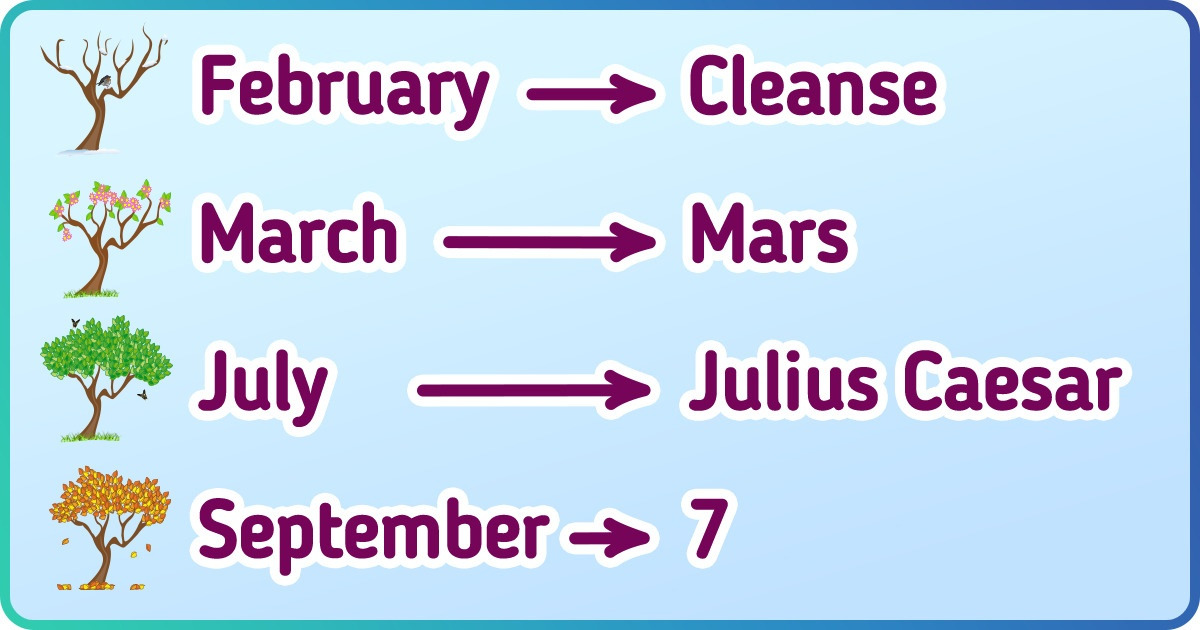
You’ve probably wondered how some very ordinary things appeared, like why we call the first month of the year January and not something else. In most cases, there’s a reason why certain things have special names.
With help from 5-Minute Crafts, you’ll find out how the 12 months got their names and who invented the calendar.
Ancient Roman calendar
People in most countries use the 12-month Gregorian calendar. Its prototype comes from Ancient Rome. It’s believed to be invented by Romulus, the first king of Rome around 753 BCE.
The ancient Roman calendar was based on moon cycles. It also had 12 months, but only 10 of them had names. Winter was a dead period, so only 10 active months had names — from March to December. Later, names for January and February were invented, but they were the last months of the year.
Julian calendar
Later, Julius Caesar changed the Roman calendar to make 12 months correlate with how Earth moves around the sun. It was a solar calendar, like the one we use today. January and February were moved to the beginning of the year. This was when leap years first appeared. They are necessary to make the calendar year match the solar year. In the Julian calendar, every fourth year is a leap year.
Due to these changes, the names of some months didn’t match their position in the calendar. For example, September became the ninth month, but its name comes from the Latin “septem,” meaning “7.” Later, emperors tried to rename the months after themselves but the changes didn’t stick.
The Julian calendar was used from 46 BCE to 1582 CE.
From Julian to Gregorian
In 1582, Pope Gregory XIII changed the Julian calendar. This was because the Julian calendar overestimated the amount of time it took the Earth to orbit the sun. The new calendar shortened the year from 365.25 days to 365.2425 days.
As we said before, the ancient Roman calendar was based on the moon cycles and was lunar. But Julian and Gregorian calendars are based on how the Earth orbits the sun. On average, our planet needs 365 days, 5 hours, 48 minutes, and 45 seconds to make one turn around the sun.
This means that the Julian and Gregorian calendars have 2 types of years:
- Normal
- Leap
An average year divides 365 days into 12 months. A leap year has 366 days. An extra day was added to February because it used to be the last month of the year. The Julian calendar had a leap year every 4 years. And in the Gregorian calendar, a leap year is a year that can be divided by 4. However, a year that is evenly divisible by 4 and 100 is a leap year only if it is also exactly divisible by 400.
Let’s talk about the origins of names for different months. We got almost all of them from the ancient Romans.
Winter
December: We all know that December is the twelfth and last month of the year. But it wasn’t always like this. Ancient Romans only had 10 months in a year, and December was the last one. “Decem” is Latin for 10. This is where the name comes from.
January: January got its name after the Roman god, Janus. He was pictured with 2 faces, one of them facing the past, and the other one, toward the future. He was the protector of gates.
February: February was named after Februalia, the day of cleansing, a festival of purification and atonement.
Spring
March: March is named after the Roman god, Mars. The Roman calendar started with March. January and February were added later, after the reforms.
April: The name of the second month of spring comes from the Latin word, “aperio,” which means “open bud.” In April, most plants open their buds. This is when nature renews itself.
May: May was named after the Roman goddess, Maia, who oversaw the growth of plants. Maia was a nurturer and an Earth goddess, which also connects her with this spring month.
May also has a connection with the Latin word, “maiores,” which means “elders” that were celebrated during this month.
Summer
June: The first summer month was named after the Roman goddess of marriage and childbirth, Juno. She was the wife of Jupiter, the king of gods.
July: July was named after the Roman dictator, Julis Caesar. It came to be after he died. In 46 BCE, Julius Caesar, with the help of Sosigenes, developed the Julian calendar. It was the prototype of the Gregorian calendar we use today.
August: August was named after Augustus Caesar. He was the first Roman emperor (and grandnephew of Julius Caesar). August comes from the Latin “augustus,” meaning venerable, noble, and majestic.
Fall
September: In our calendar, this is the ninth month of the year. Its name comes from the Latin “septem,” which means “7.” In the early Roman calendar, it was the seventh month.
October: Again, in the ancient Roman calendar, October was the eighth month. Its name comes from the word “octo,” meaning “8.” As was mentioned earlier, when the Romans started using the 12-month calendar, they tried changing the names of the months and naming them after different Roman emperors, but the changes didn’t stick.
November: November got its name the same way September and October did. In Latin, “novem” means “9,” and November used to be the ninth month.
